Optimal Timing for Foundation Repairs

Ways to make Foundation Repairs work in tight or awkward layouts.
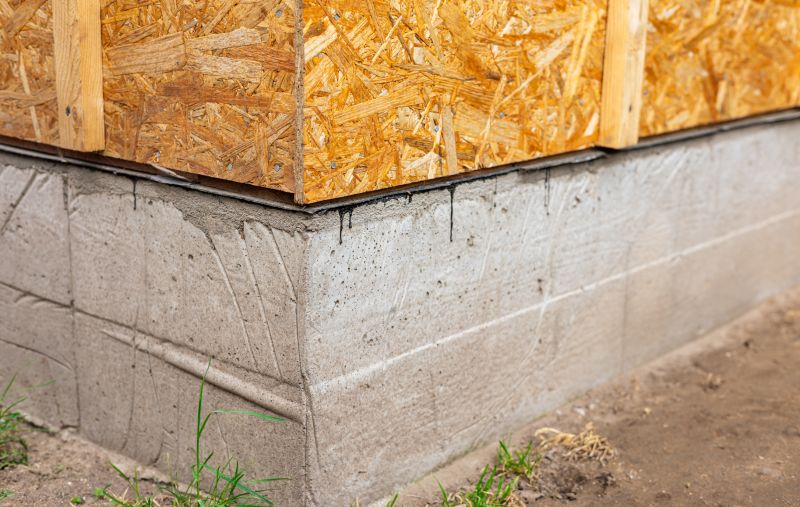
Popular materials for Foundation Repairs and why they hold up over time.
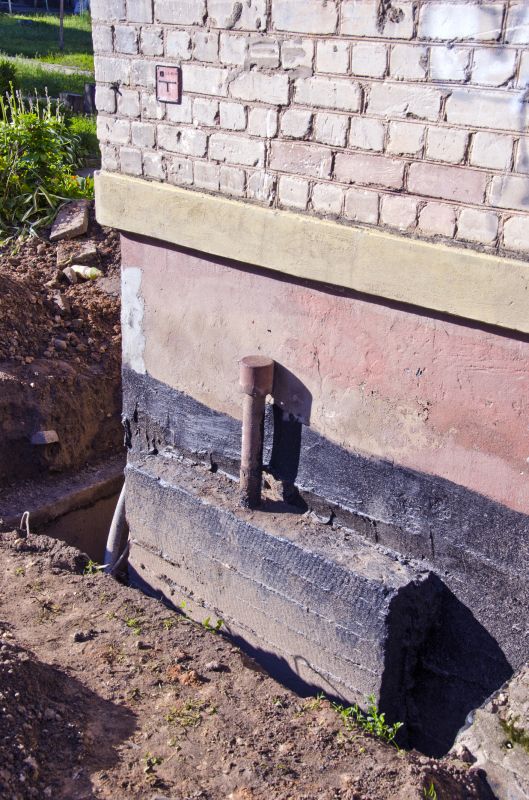
Simple add-ons that improve Foundation Repairs without blowing the budget.
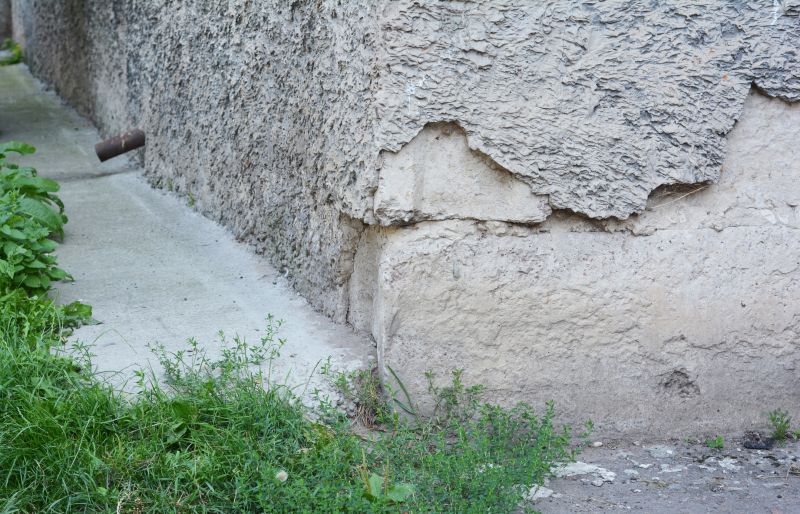
High-end options that actually feel worth it for Foundation Repairs.

Finishes and colors that play nicely with Foundation Repairs.
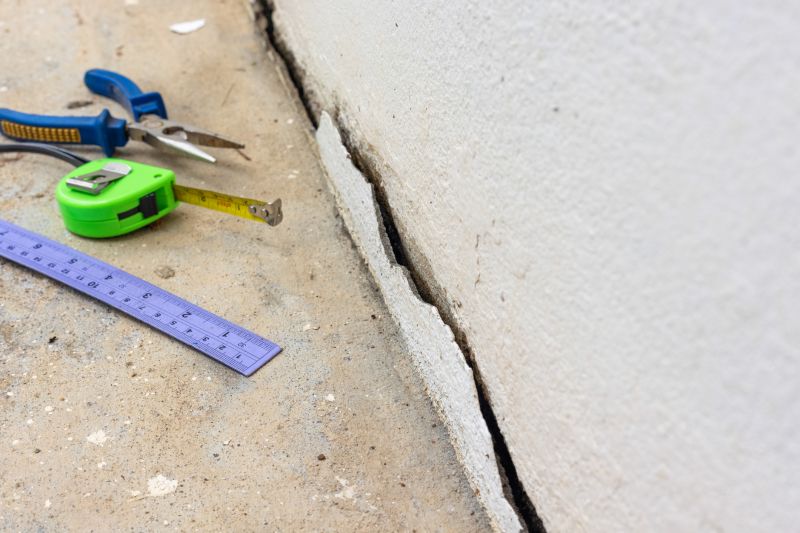
Little measurements that prevent headaches on Foundation Repairs day.
Foundation repairs are essential for maintaining structural integrity and preventing further damage to a building. The timing of repairs can influence their effectiveness and longevity. Understanding seasonal and environmental factors helps determine the optimal time for addressing foundation issues.
Proper timing ensures that repairs are performed under conditions that favor stability and durability. Typically, the best time for foundation repairs is during mild weather when ground conditions are stable, and there is minimal moisture fluctuation. This reduces the risk of new issues arising post-repair.
Spring and fall often provide ideal conditions due to moderate temperatures and consistent moisture levels, which facilitate effective foundation work.
Heavy rain or freezing temperatures can hinder repair processes and lead to complications. Scheduling during dry, mild periods minimizes these risks.
Performing repairs when ground conditions are stable helps ensure long-lasting results, reducing the likelihood of future foundation problems.
Soil expands when wet and contracts when dry. Timing repairs during periods of consistent soil moisture prevents further shifting or settling.

A 60-second routine that keeps Foundation Repairs looking new.
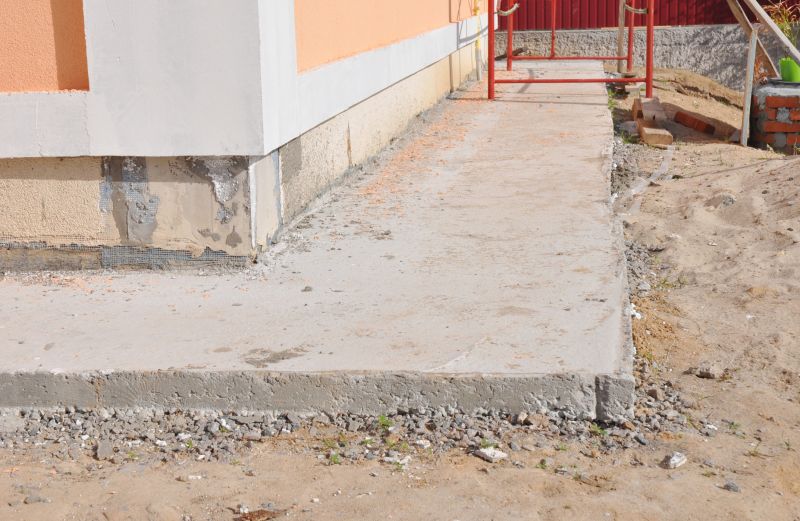
A frequent mistake in Foundation Repairs and how to dodge it.

Small tweaks to make Foundation Repairs safer and easier to use.
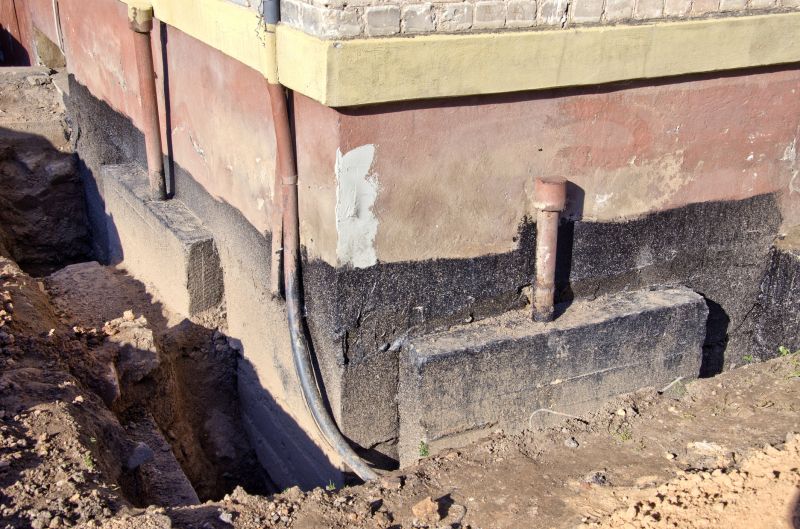
Lower-waste or water-saving choices for Foundation Repairs.
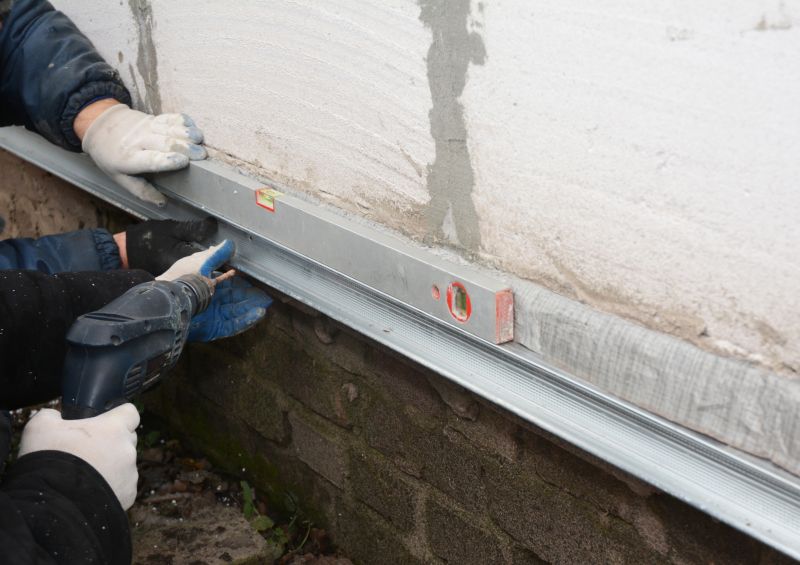
The short, realistic tool list for quality Foundation Repairs.

Rough timing from prep to clean-up for Foundation Repairs.

Quick checks and paperwork to keep after Foundation Repairs.

Examples that show the impact a good Foundation Repairs can make.
| Season | Best Practices |
|---|---|
| Spring | Schedule repairs early in the season to take advantage of moderate weather. |
| Summer | Avoid peak heat; plan repairs for cooler parts of the day. |
| Fall | Ideal for foundation work due to stable ground and mild temperatures. |
| Winter | Generally not recommended unless conditions are above freezing. |
| Post-Repair Maintenance | Monitor soil moisture and address drainage issues. |
Foundation repairs involve addressing issues such as settling, cracking, and shifting that compromise the stability of a structure. These repairs may include underpinning, piering, or crack injection, all aimed at restoring the foundation's integrity. Proper timing enhances the effectiveness of these methods and prolongs their durability.

Ways to make Foundation Repairs work in tight or awkward layouts.
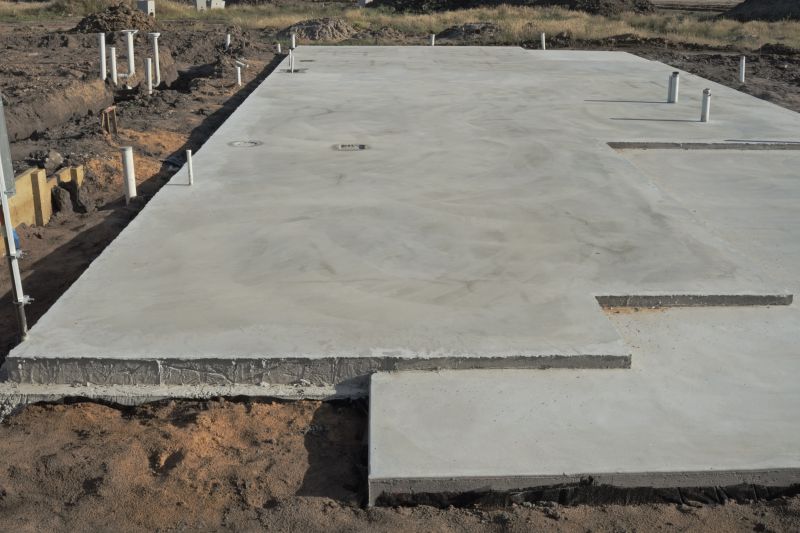
Ways to make Foundation Repairs work in tight or awkward layouts.

Ways to make Foundation Repairs work in tight or awkward layouts.

Ways to make Foundation Repairs work in tight or awkward layouts.
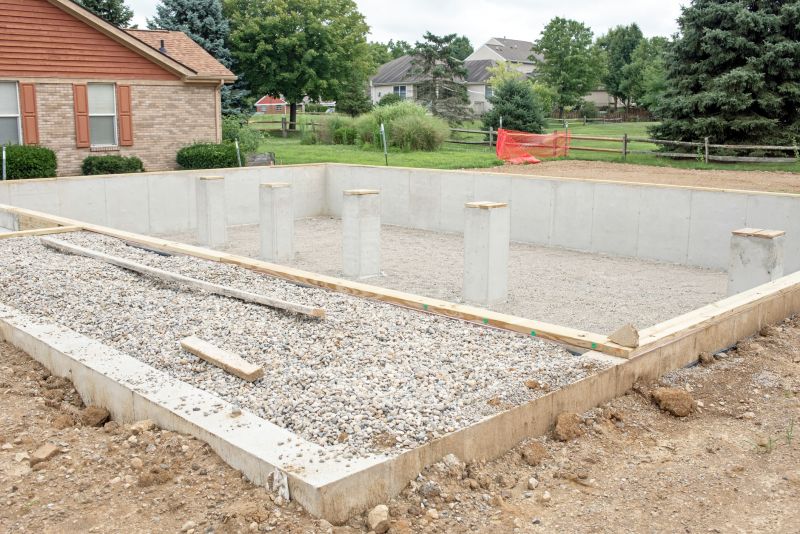
Ways to make Foundation Repairs work in tight or awkward layouts.

Ways to make Foundation Repairs work in tight or awkward layouts.
Timely foundation repairs are crucial for preventing costly damage and ensuring safety. Regular inspections and understanding seasonal factors can help identify the optimal window for intervention. Addressing foundation issues promptly during suitable weather conditions leads to better outcomes and long-term stability.
Interested property owners in Southfield, MI, are encouraged to contact for more information about foundation repair options and scheduling. Proper timing and professional assessment are key to maintaining structural integrity and avoiding future complications.

